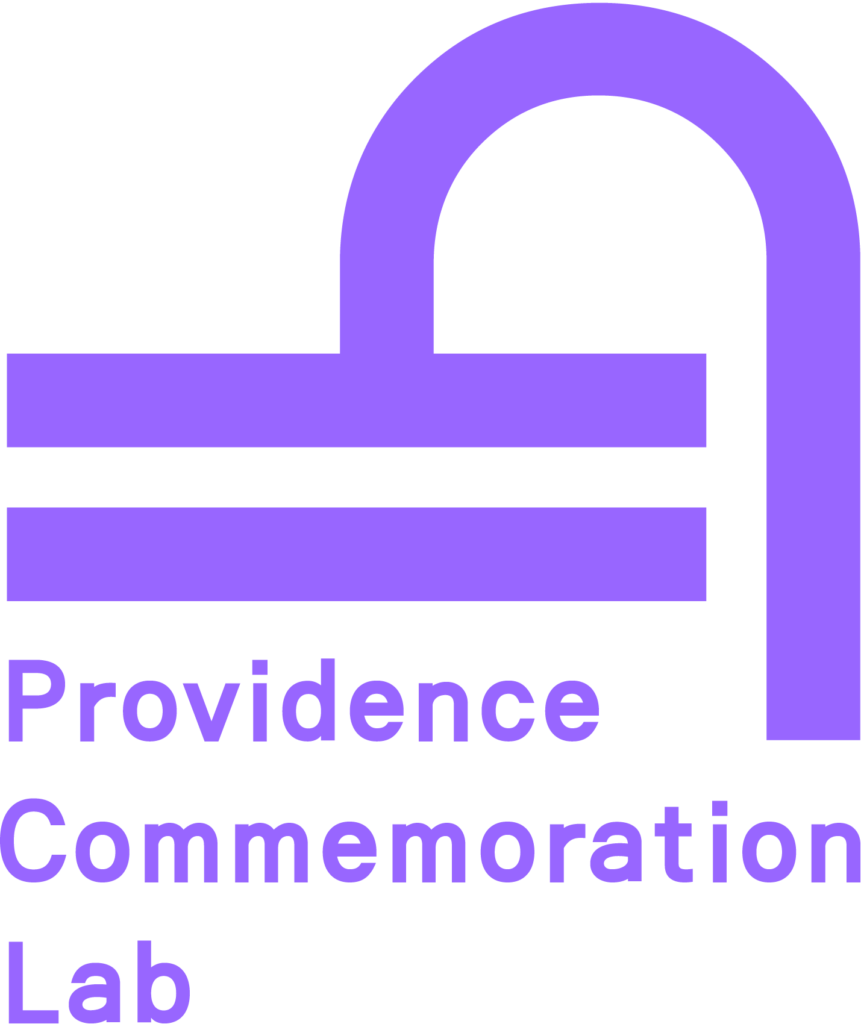Spotlight: Traci Picard | Former Columbus Square
In conversation with Traci Picard, PCL writer in residence at former Columbus Square, we talked about books, process, research, and the evolution of her idea of commemoration. Read our Q&A style conversation below.
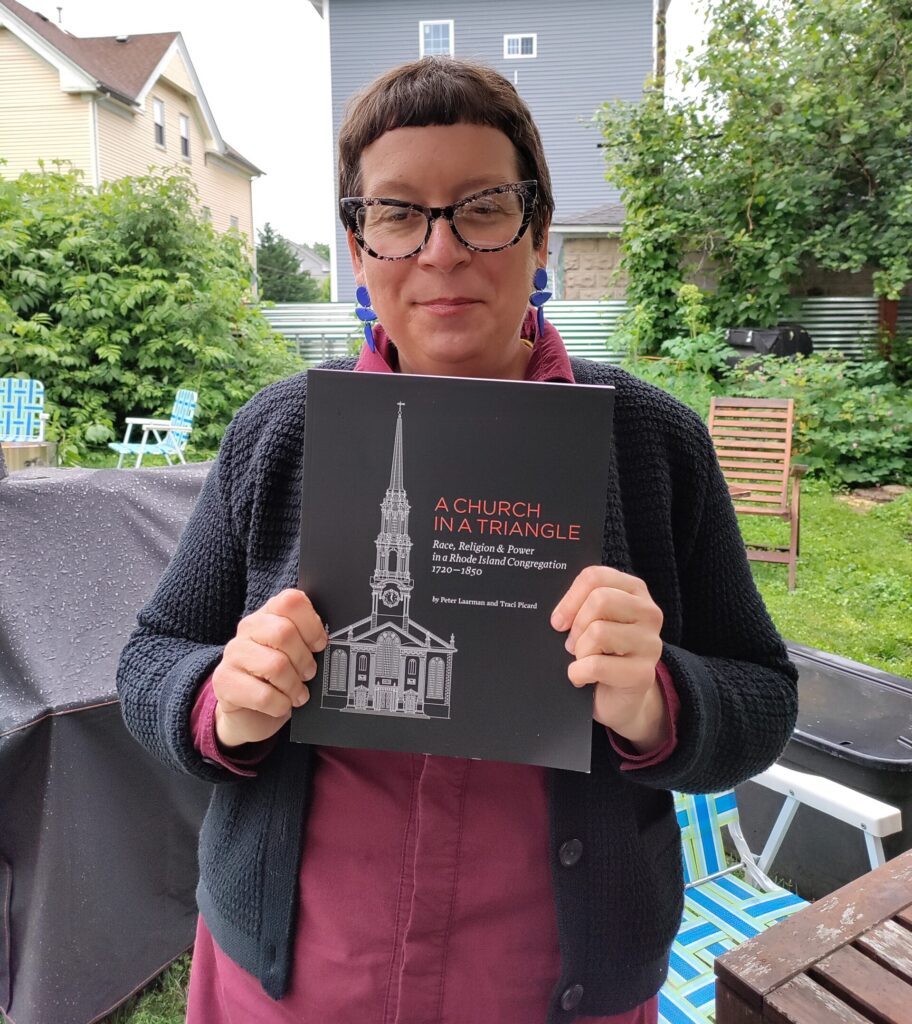
Let’s talk a bit about your general practice, and PCL.
Well, let’s see, in addition to being a writer at PCL for the former Columbus Square site, I’m also the project historian at the Center for Reflective History where I’m researching, programming, and interpreting historic houses and all the people that have ever lived there. It turns one house into a global story through Providence as a port, recording all of the comings and goings since the 1770s. I just finished co-writing a book called, “Church in a Triangle,” with Reverend Peter Larman for the Providence Unitarian Church, which came out a couple of weeks ago. Apart from that I am also a tour guide at the Simmons Center for the Study of Slavery and Justice at Brown University, and we take people out and talk to them about the history of slavery at Brown University. And then I work on my garden in my free time.
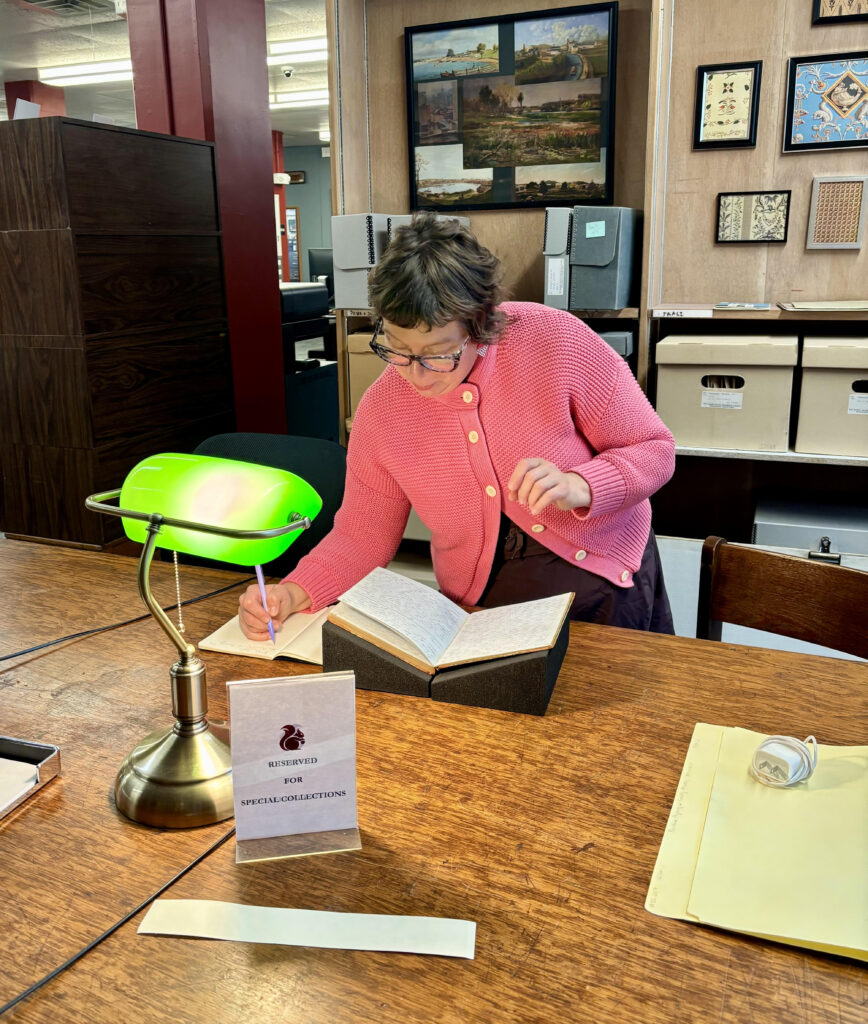
What is your writing process?
I think most of my writing begins with research. The easy part is going into an archive or a library, reading, looking through things, and having a repository of material to go into. And then the process of going through it all, transcribing, pursuing handwriting from the 1700s, fact checking because not everything connects. And then, the citations, organizing things for clarity for other people. So there’s the fun and exciting part of finding stuff and then there’s turning that into something usable for the general public. For PCL, my process has mostly been to do some research, think about it, read, and then wake up in the middle of night burning up with thoughts and ideas and penning them down. And then in the morning I will try to make sense of it. It comes out much more easily when I’m not trying, like I’ll just be sitting with no urgency to produce something.
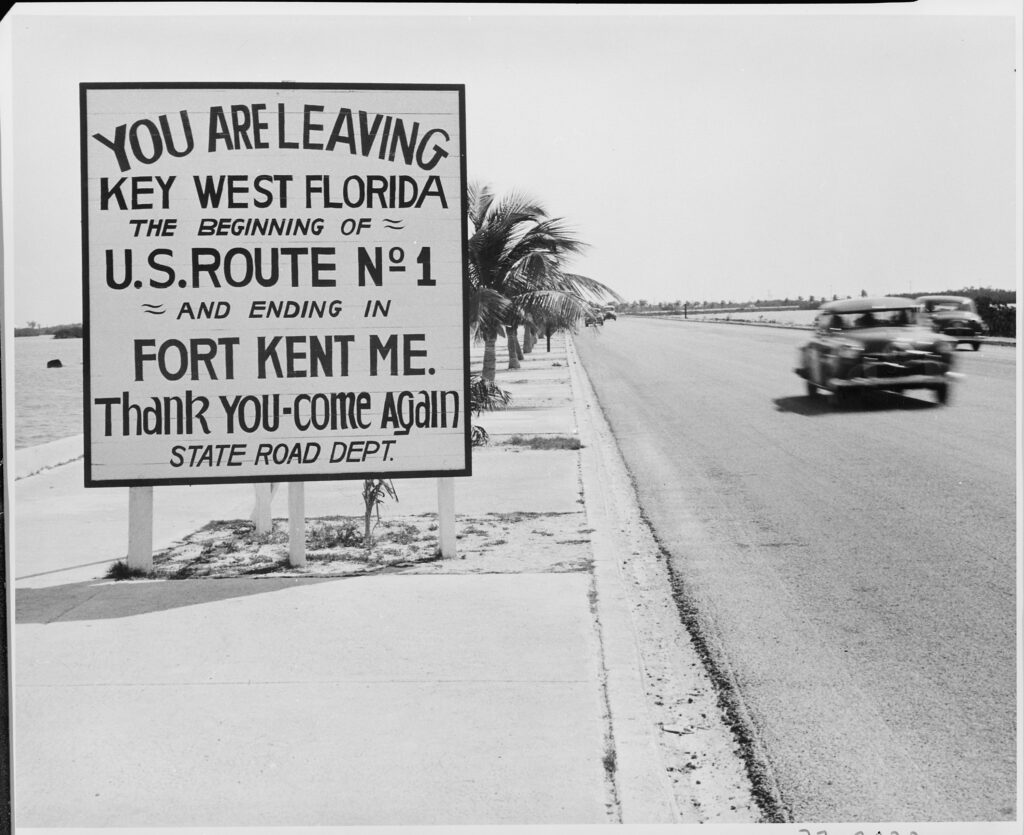
Beyond the individual site research, it’s been really important for me to frame the Square in a bigger context. So a tiny piece of land between two roads is the site, but no story as big as what we have here in the square can be contained in that little piece. So a couple of things have changed my perception of the scope. Firstly, realizing that Elmwood Ave is Route One, and it goes from Maine to Key West, Florida. So it was the first major highway of the Northeast. So when I walked down Elmwood Ave and looked at the Square before, I thought to myself that the road really stank. But when I thought of it as the highway, the route from Maine to Florida, it made a lot more sense to me. Why is it so car centric? Why are there so many car related businesses? Why is it so wide? I started seeing it as something that connected those two opposite sides, north and south of America. Then, I started to see it as a crossroads, a major intersection and that has led me into thinking about the history of crossroads. In almost every culture, it has been important- a place of power, transformation, order and disagreement, punishment and magic, and even a burial site. So I thought that maybe this Square is more than just a city park. If we look at it as this bigger historic place of power, it can help us talk about it differently. And the narrative around the Columbus statue is stuck in an individualistic way– he’s good/ bad, he stinks, he’s wonderful, he didn’t even come to Rhode Island, but what if he did? It’s still a problem. We still need to get past those things and get deeper into what it means to celebrate an individual for discovering a place that was already occupied. Columbus didn’t sail by himself, he had hundreds of people. Everyone from the Pope to sail makers came along for the journey, literally or narratively. And to me, taking the Square out of the statue into historic crossroads allows us to broaden the narrative. To get unstuck from the mythology, the individualism, or at least try.
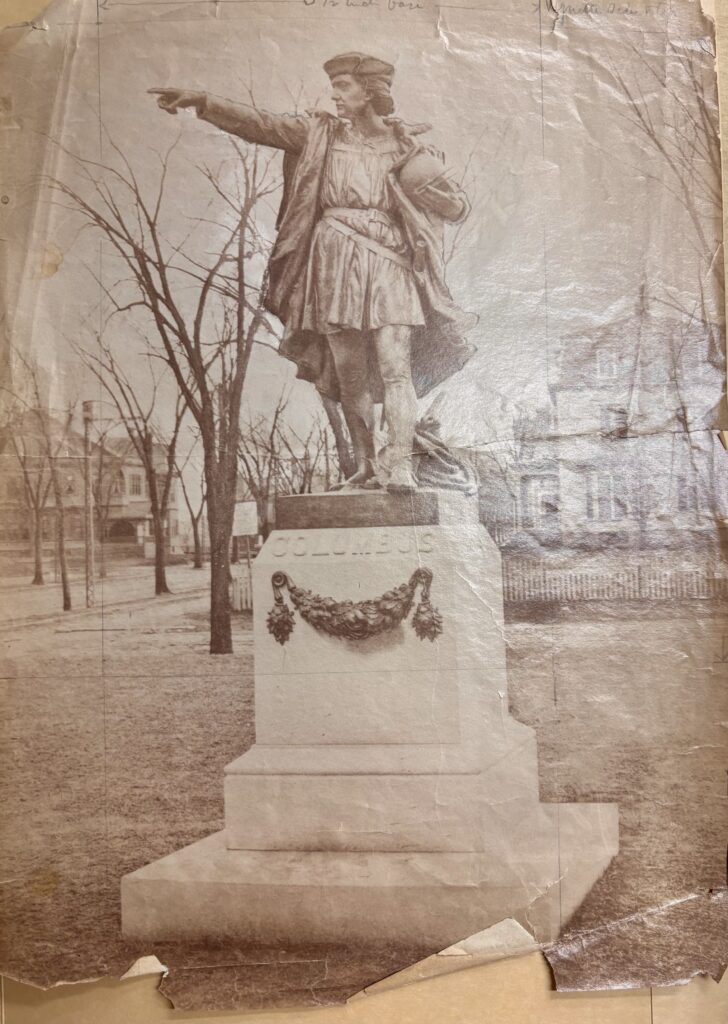
How is your idea of commemoration being shaped through PCL?
The more I am working on it, the less I believe that we should be commemorating individuals at all. I’m interested in commemorating ideas, but we seem to be covering a few things such as war and superlatives like the first, the last, the best, the biggest. And it may not matter who was the first, what matters is the outcome and the process. We also commemorate things that someone paid for, and Columbus is all of those. How can commemoration be doing something other than owning or placing something up on the pedestal, especially in a place that is so hot, noisy and inaccessible. It gets important to think through its purpose. And I was very interested in the idea that taking down a statue erases history, because what is history? It is just the human interpretation of the past which can’t be erased or taken away. It’s a process that people keep updating as we find out more things and more people get to participate in it, so you can erase the commemorative work but that doesn’t erase several centuries of mythologizing Columbus as a person, which is stuck into our bones, our bodies. It’s in everything from our place names to our textbooks, our rivers, our ships. We’re surrounded by Columbus and his mythology all the time.
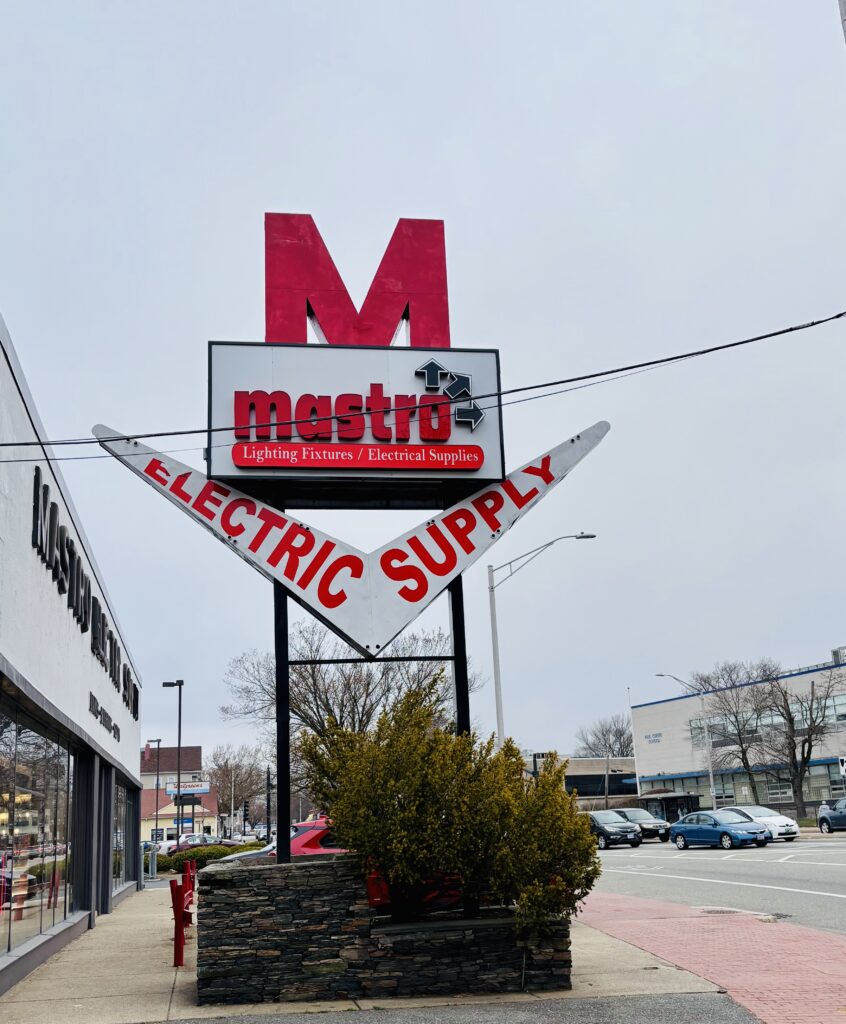
What is your relationship to the site- former Columbus Square?
I’ve been around the area for a long time, my family lived nearby. I would often walk to Mashapaug pond. But the Square never attracted me, rather it always repelled me. The thought of crossing the highway to hang out seemed absolutely excessive and dangerous, and my main plan was to just pass through it as quickly as possible, so that I wouldn’t be in the honking zone. I used to wonder why the benches were there. And the biggest memory I have of the site is passing it by with my eldest child and we would notice the big red letter M, which is Mastro Electric, and that’s how I always connected to this site. I remember after my son was born, late at night, in a painful situation, we picked up a prescription there at the all night pharmacy of Walgreens, and just being grateful that it was there. But at no time did I ever think that I could hang out in that Square. I remember very much the paint going on the statue back in the 2000s, and I remember it being pulled up by a crane and hauled away, and the emotion of that moment, it all stays with me. But even then, it still felt more like an empty space than something exciting or worthy of connection, which is interesting because people often want to do projects about something that’s significant, beautiful or pleasant.
Learn more about Traci here and follow the PCL Instagram to see more from our Studio Visit series!

